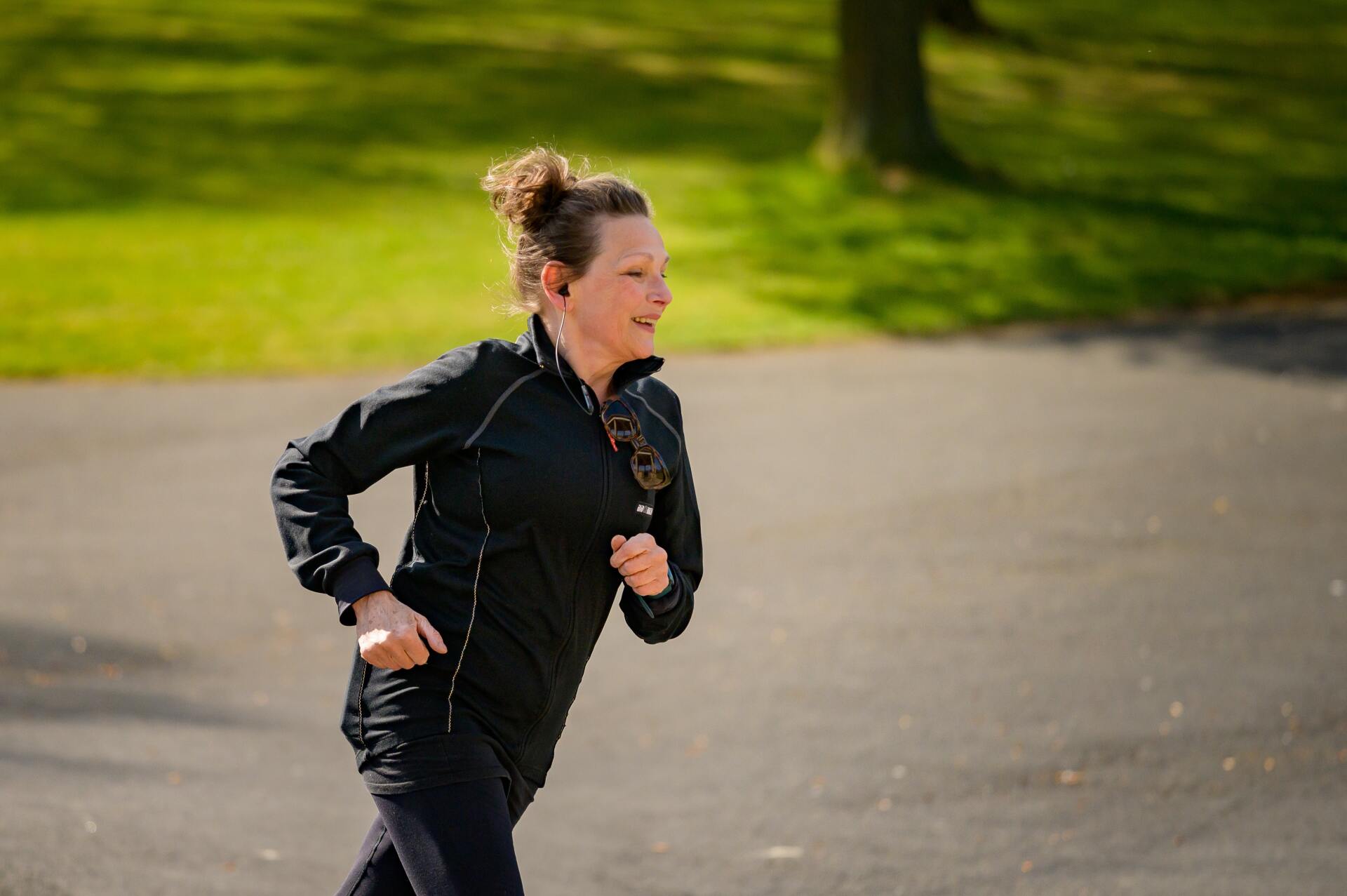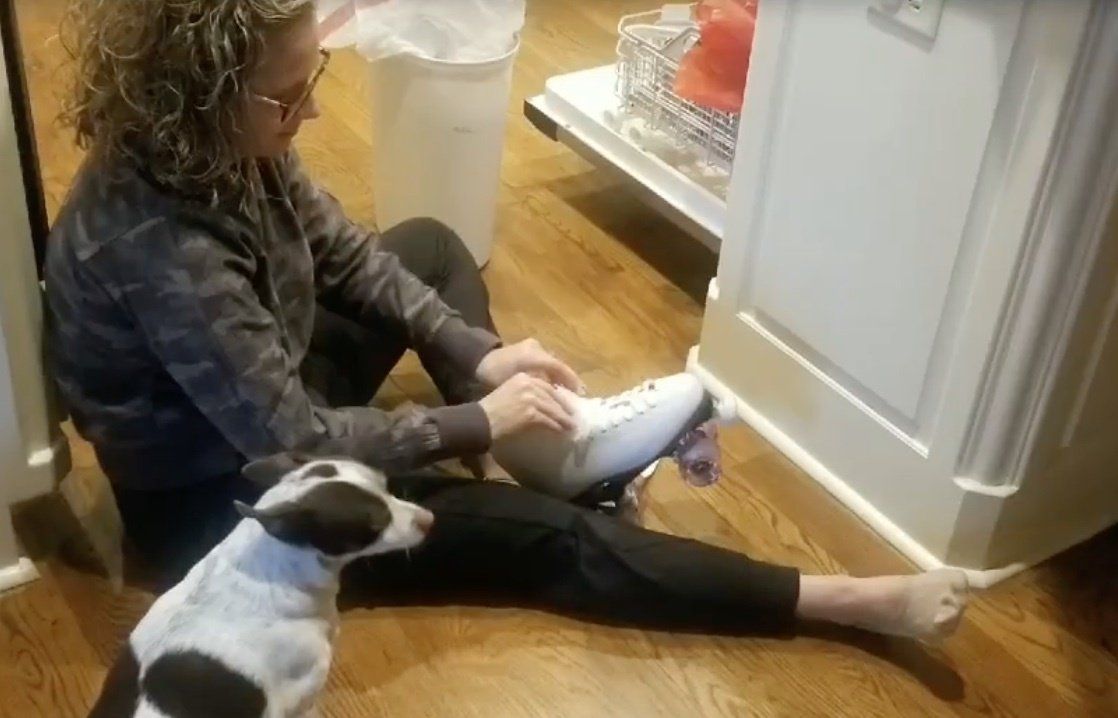Healthy Skin Habits
Taking care of our skin
We know that not smoking, using sunscreen, drinking plenty of water, and eating a good diet are ways to help reduce premature skin aging. We can start doing these things anytime because the body benefits from healthy lifestyle changes at any age.
Studies in the last decade also point to a fairly easy way to help our skin age gracefully: endurance training.
What is endurance training?
It generally refers to exercising to increase cardiovascular endurance, for example running, cycling, brisk walking, or swimming, but it can also refer to non-traditional cardiovascular activities such as dancing, playing tennis, or roller skating, etc.. Involving the whole body in moderate to vigorous physical activity increases heart rate and respiration, which train the heart and lungs to work better. This is aerobic training, which uses oxygen in the production of energy.
Endurance training happens over time and a general rule of thumb is to not increase the duration or intensity by more than 10% per week. Spreading the activity throughout the week is also good practice as that gives the body time to rest and repair itself.
Since muscles help to support cardiovascular training, endurance training sometimes also refers to muscular endurance, or strength training. This is anaerobic training, where the body breaks down glucose for energy, without using oxygen.
How does endurance training help our skin?
A study published in 2015 shows that endurance exercise reduces age-associated changes to skin by regulating activity (chemical reactions) in mitochondria. Mitochondria are special compartments (organelles) in cells that are best know for their role as powerhouses because they produce a molecular fuel used by the rest of the cell for energy.
Skeletal muscle (muscles attached to bones by tendons) contain muscular AMPK, which plays the role of energy sensor, particularly crucial in tissues that have constantly changing energy demands. The study found that mice lacking muscle AMPK have reduced serum IL-15, a hormone that regulates mitochondrial function. Reduced levels of IL-15 is associated with impaired mitochondrial metabolism, related to the deterioration of skin structure, which can lead to accelerated skin aging.
When the authors of the study compared sedentary mice to those who exercise on a wheel three times a week, they found "massive systemic benefits". "One of our most striking findings was the skin,” said Mark Tarnopolsky, MD, PhD, study coauthor and director of the Neuromuscular and Neurometabolic Cinic at McMaster University Medical Center in Ontario, Canada. “It was dramatically abnormal in the aging mouse and completely protected with exercise.”
To test the theory further, they looked at skin biopsies of humans, taking samples from the upper buttocks, an area that wouldn’t be exposed to damage from the sun. They found that skin from older athletes was healthier than that of older sedentary folks. Then they enrolled a subset of the sedentary elderly adults, aged 65 and older, in a 3-month moderate cycling exercise program to more directly determine the ability of exercise to reverse age-related changes to human skin. After 3 months, they found that the skin of this subset group had increased collagen content and that it appeared 20 to 30 years younger under the microscope.
The findings thus indicate that exercise can attenuate some aspects of skin aging in humans and that these changes are associated with improvements in tissue mitochondria.
The secret's out!
We know that exercise is generally good. Among the benefits, it:
- reduces stress
- helps improve sleep
- controls weight
- boosts energy
- combats health conditions and diseases
So, now you also know that it may help you have a younger-looking complexion! Find an aerobic activity that you like to do and go for it!
** As always, check with your doctor prior to starting an exercise routine. **
References and Additional Information:
- Definition of endurance exercise - https://en.wikipedia.org/wiki/Aerobic_exercise
- Doing cardio exercises correctly - https://www.verywellfit.com/cardiovascular-exercise-principles-and-guidelines-3432613
- What are mitochondria - https://www.mrc-mbu.cam.ac.uk/what-are-mitochondria
- Study: Exercise-stimulated interleukin-15 is controlled by AMPK and regulates skin metabolism and aging - https://www.ncbi.nlm.nih.gov/pmc/articles/PMC4531076/
- What is AMPK - https://www.ncbi.nlm.nih.gov/pmc/articles/PMC5945561/
- Skin layers - https://www.ncbi.nlm.nih.gov/books/NBK470464/
- Types of muscle - https://my.clevelandclinic.org/health/body/21787-skeletal-muscle
- AMPK regulates skeletal muscle metabolism and gene expression - https://www.ncbi.nlm.nih.gov/pmc/articles/PMC1817795/
- Why does your skin age? - https://sites.dartmouth.edu/dujs/2013/01/28/why-does-your-skin-age/
- Aging changes in skin - https://medlineplus.gov/ency/article/004014.htm
- Exercise and mitochondria - https://www.everydayhealth.com/skin-beauty/the-scientific-reasons-why-exercise-can-give-you-better-looking-skin/
- CBC on preliminary results of the study - https://www.cbc.ca/news/canada/hamilton/headlines/want-your-skin-to-look-20-to-30-years-younger-try-this-1.2614411






